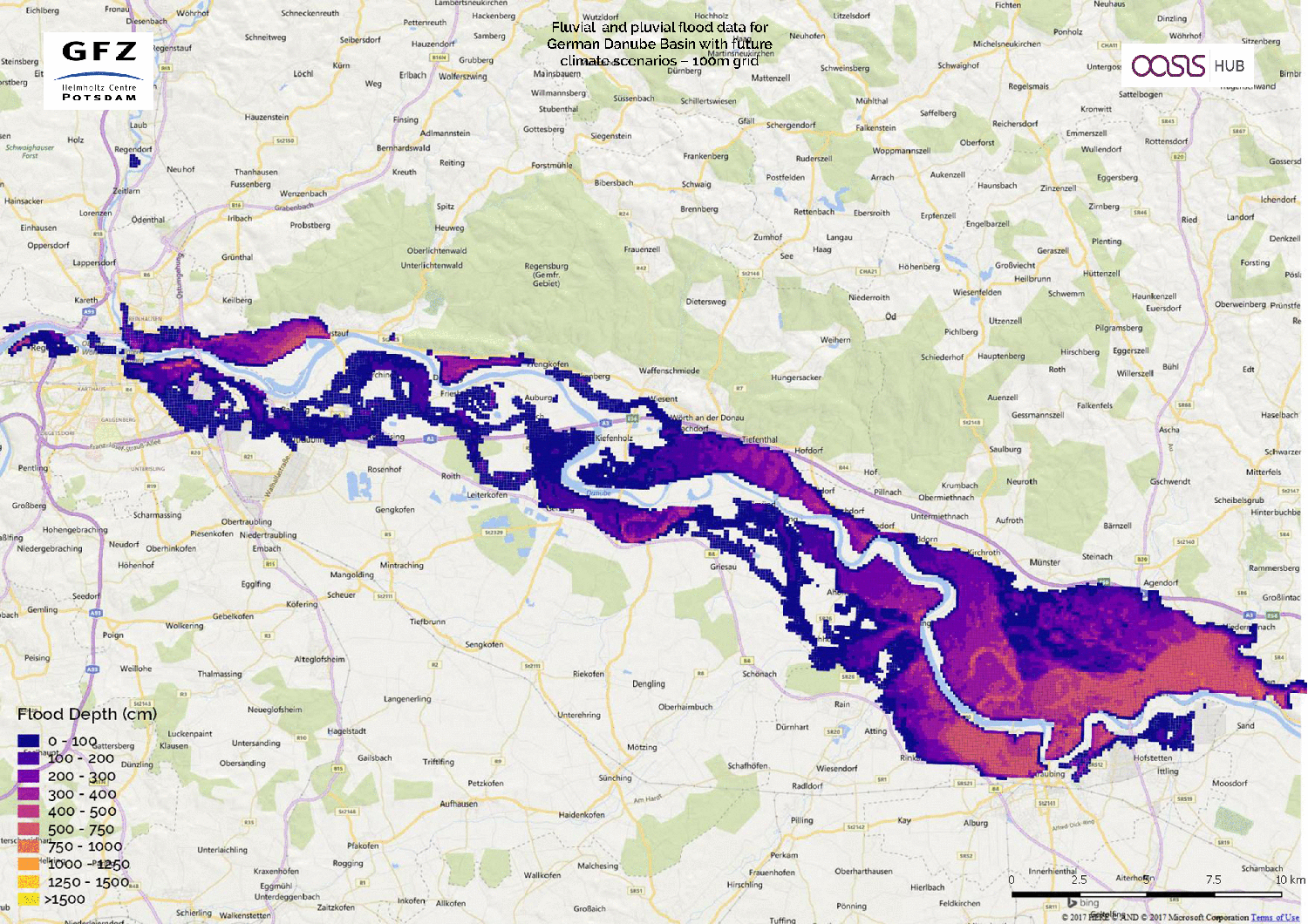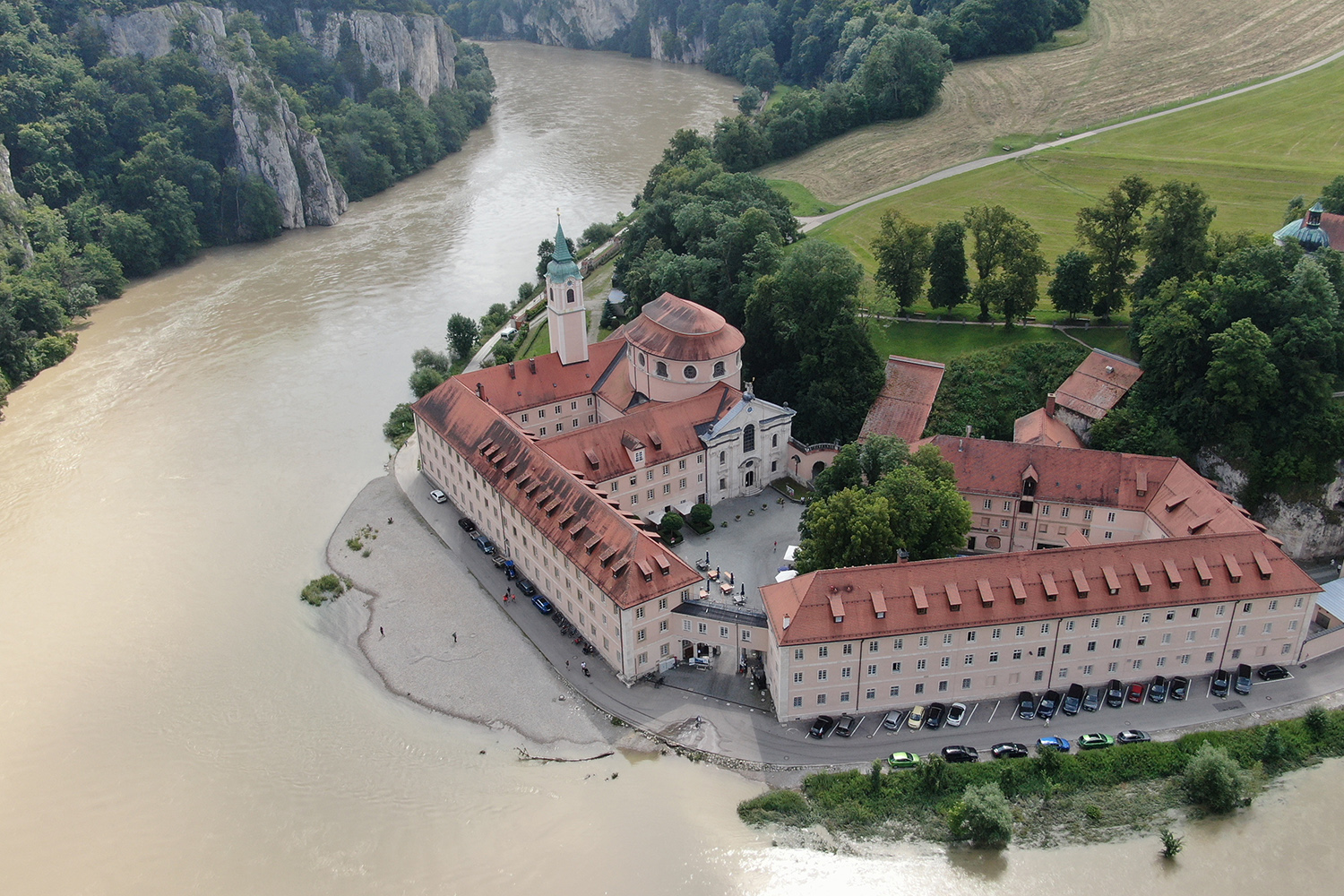The Challenge of Unprecedented Extreme Weather Events Risk management measures in times of climate change
Just because you have not experienced something does not mean it cannot happen. This insight also applies to natural hazards such as floods and droughts. A study published in the journal “Nature”, in which Professor Kai Schröter from the Leichtweiß-Institute for Hydraulic Engineering and Water Resources (LWI) at Technische Universität Braunschweig participated, shows that focusing risk management measures on the worst case so far is not enough to reduce the impact of unprecedented events.
Floods and droughts can cause severe damage and are on the rise in many parts of the world. The impact of such natural hazards can be reduced through appropriate risk management if the causes of the increasing damage are known. However, this has been hampered by a lack of empirical data. A large-scale international collaboration of researchers from the International Association of Hydrological Sciences (IAHS) led by Heidi Kreibich from the German Research Centre for Geosciences (GFZ) has now led to important findings from past extreme events.
Flood and drought events in all continents
The study respectively compares two flood events or two drought events that occurred in the same area. For the consecutive pairs of events, differences and similarities are examined with regard to the risk factors hazard, exposure and vulnerability, and developments between the events are elaborated.
A total of 45 flood and drought event pairs in all continents were considered. Professor Kai Schröter was involved, among other things, in the study comparing the floods of August 2002 and June 2013 in the Upper Danube region in Germany and Austria. Although the flood in June 2013 with higher precipitation and discharge in large parts of the area was stronger from a hydrological point of view than in August 2002, the damage in the summer of 2013 was less. The two events show that institutional changes, high investments in technical and non-technical precautionary measures as well as a significant improvement of early warning systems and disaster control are important for successful and forward-looking flood risk management.

Calculated flood plains for floods in a section of the Danube, 2017. Photo credit: Kai Schröter/TU Braunschweig
Proactive strategies are rare
In many cases, however, it is not possible to reduce the impact of extreme events whose magnitude has not yet occurred in the past in the affected area. Schröter explains this with two factors: First, infrastructures such as dams and reservoirs have an upper design limit up to which they are effective. As soon as a threshold is exceeded, they become ineffective. Second, risk management is usually introduced or adjusted reactively after major floods and droughts, while proactive, forward-looking strategies are rare. The reason for this behaviour is partly due to a cognitive bias related to the rarity and previous uniqueness of these extreme events, as well as the nature of human risk perception: events that one has already experienced oneself are more likely to be expected again in the future.
However, success stories like the example on the upper Danube also show that there are ways to proactively reduce risks. Three success factors have been identified: effective governance of risk and emergency management, heavy investment in structural and non-structural measures, and improved early warning and real-time control systems. Kai Schröter says: “We think that applying these success factors can counteract the current trend of increasing damage from extreme events, even under the impact of climate change.”

